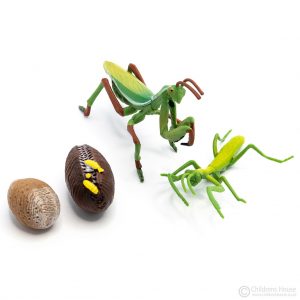Earthworms recycle dead plant material to compost and improve the nutrient level of the soil by pulling organic material deeper into the soil.
$27.71 Original price was: $27.71.$25.62Current price is: $25.62.
In stock
In stock
 Purchase this item and get 2 Beads - a worth of
Purchase this item and get 2 Beads - a worth of The Life Cycle of an Earthworm Activity describes how this invertebrate mates, (with itself), produces cocoons and eventually hatchlings are borne. This unique material takes the Child from the verbal story; developing the sensorial (concrete) understanding of the material with the objects (sold separately); to the abstract, with the incorporation of images and labels. Colour-coded material, coded according to the Montessori Animal Kingdom. The earthworms are invertebrates, and coded beige.
The teacher can also use the definition cards as an aid as they tell the story of the life cycle of an earthworm activity to the young children.
Order R1000 worth of items to qualify for free shipping to your door anywhere in South Africa.
Transit times depend on your location:
Feel free to email us should you require any further information.
We offer free delivery to the USA:
Should you require further information about shipping charges, please feel free to contact us at info@childrenshouse.co.za
Honeycomb Montessori Preschool was founded in 1983 by parents wanting to provide Montessori education for their children, and is thus a parent-run school. The school started with a three to six year old class and in 1996 started the Honeypot toddler environment to include toddlers from the age of 2 years old. (Now taking from 18months)
Honeycomb is a hidden gem; with beautiful spacious gardens, exhibiting lush green grass and a variety of trees which provide an abundance of shade in the outdoor space. This diverse community full of heart and love for the child now guide two toddler; and two 3-6 classes, namely the Honeypot, Honeysuckle, Honeybees and Honeybadgers classes.
Striving to provide each child with a safe and nurtured start to life and pushing their potential in their formative years. Contact Michelle de Reuck to learn more about the school.
 Working with the Life Cycle for the Earthworm Activity at Honeycomb Montessori Preschool in Constantia, Cape Town.
Working with the Life Cycle for the Earthworm Activity at Honeycomb Montessori Preschool in Constantia, Cape Town.
1) Earthworms serve a vital function, they keep our soil healthy; read about how by clicking here
| Weight | 0.17 kg |
|---|---|
| Dimensions | 34 × 24 × 1 cm |
You must be logged in to post a review.
Robin Jansen (verified owner) –
fantastic activity – the best life cycle activity that I have seen in all my years.
Alexandrea (verified owner) –
The pictures are really good quality, better than if I had to print it on my printer.
You must be logged in to post a review.

 1 Bead
1 Bead
 1 Bead
1 Bead
 1 Bead
1 Bead
 2 Beads
2 Beads
 36 Beads
36 Beads
 1 Bead
1 Bead
 1 Bead
1 Bead
 1 Bead
1 Bead
Robin Jansen (verified owner) –
fantastic activity – the best life cycle activity that I have seen in all my years.
Alexandrea (verified owner) –
The pictures are really good quality, better than if I had to print it on my printer.